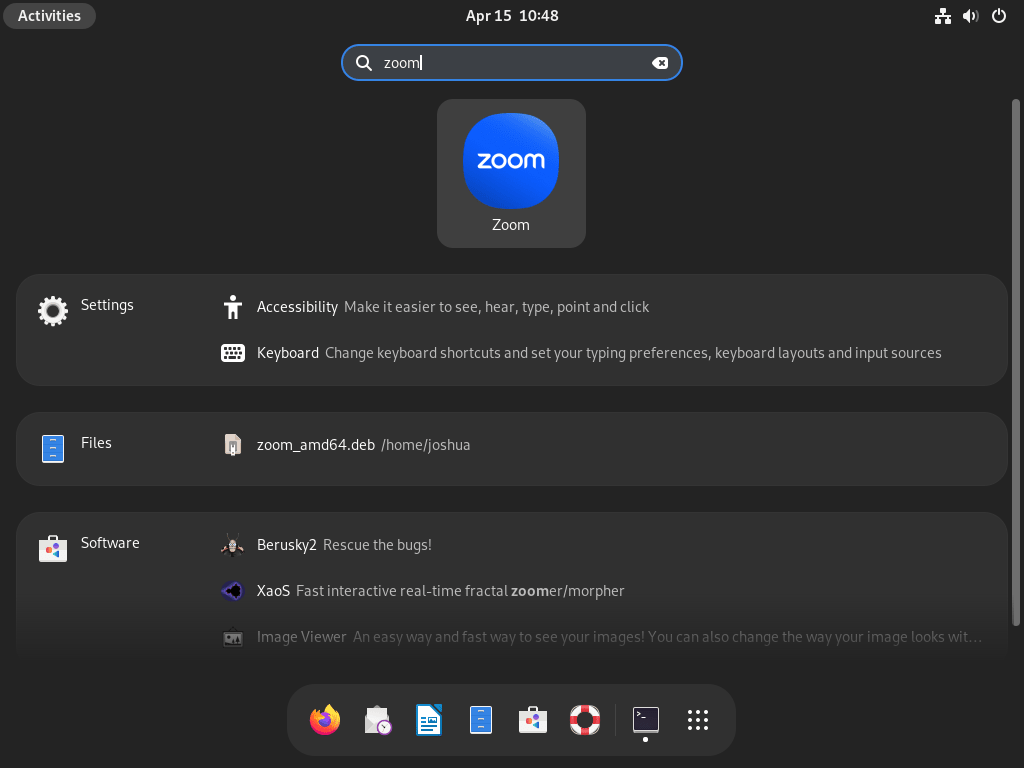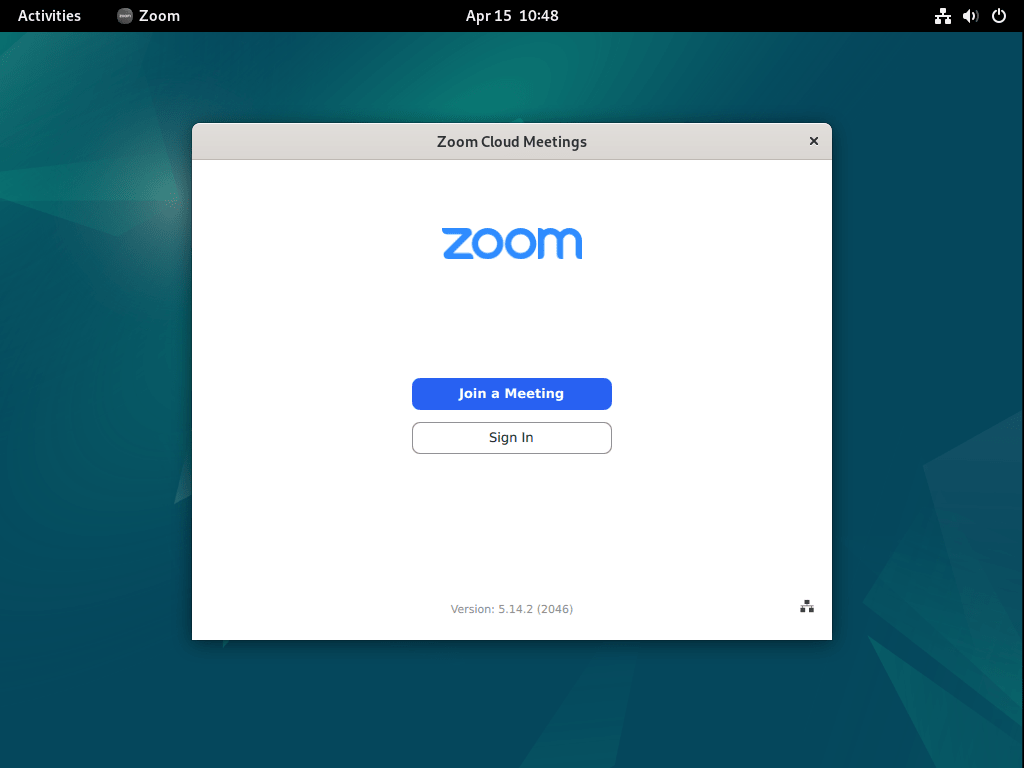Zoom is a leading video conferencing platform that enables users to connect remotely for meetings, webinars, and collaborations. It offers a range of features including HD video and audio, screen sharing, and meeting recording, making it a versatile tool for both personal and professional communication. Zoom is widely used for its reliability and ease of use across various operating systems, including Linux.
On Debian 12 or 11, you can install Zoom using two primary methods. The first method involves downloading Zoom’s .deb package directly from the Zoom website and manually installing the client. This method provides a straightforward installation and ensures you have the latest version available for Debian. Alternatively, Zoom can be installed via Flatpak from Flathub, which offers a sandboxed environment and an easy update process. This guide will walk you through both installation methods, helping you set up Zoom according to your preference.
Method 1: Install Zoom via .deb Package
Update Debian Before Zoom Installation
Before you begin, ensure your system is up-to-date to avoid any conflicts during the installation, and for good practice, use the terminal command as follows:
sudo apt update && sudo apt upgradeInstall Required Packages For Zoom
Depending on the version of Debian you are running, but especially for Debian Bookworm, you need to install the following packages before installing Zoom:
sudo apt install libegl1-mesa libxcb-cursor0 libxcb-xtest0These can be skipped, but if you encounter issues in the next step, you may need to install them.
Install Zoom via APT Command
The first option is to install the official Debian-based package. Zoom is not available by default in the default Debian repository.
In your terminal, use the following command to download the package:
wget https://zoom.us/client/latest/zoom_amd64.debOnce you have finished downloading the package, run the installation command:
sudo apt install ./zoom_amd64.debMethod 2: Install Zoom via Flatpak and Flathub
The second option for installing the Zoom Client on your Debian system is the Flatpak package manager. However, unlike other Linux distributions, Debian doesn’t come with Flatpak preinstalled.
Note: For users new to Debian and Linux in general and like to know how to install Flatpak on Debian, visit our detailed article on “How to Install Flatpak on Debian”.
Enable Flathub For Zoom Installation
After installing the Flatpak manager, you must enable the Flathub repository containing the Zoom Client package. To enable Flathub, enter the following command in your terminal:
sudo flatpak remote-add --if-not-exists flathub https://flathub.org/repo/flathub.flatpakrepoInstall Zoom via Flatpak Command
Once your system has rebooted, you can install the Zoom Client using Flatpak. To install Zoom, run the following command:
flatpak install flathub us.zoom.ZoomLaunch Zoom UI
Now that the Zoom Client is installed on your Debian system, several application launch options exist.
CLI Commands to Launch Zoom
First, if you installed Zoom natively on your Debian system, you can launch the application directly from the terminal using the following command:
zoomAlternatively, you installed Zoom using Flatpak; you can also launch the application from the terminal:
flatpak run us.zoom.ZoomGUI Method to Launch Zoom
Alternatively, most desktop users can launch Zoom directly from their desktop environment. To do this, follow the steps below:
- Open the “Activities” menu.
- Click on “Show Applications”.
- Locate and click on the Zoom icon.


Additional Commands For Zoom
Update Zoom
Here’s how to update the Zoom Client based on your installation method:
To update the Zoom Client installed via Flatpak, run the following command in your terminal:
flatpak updateThis command will search for updates for all installed Flatpak applications, including the Zoom Client. If an update is available, it will be downloaded and installed automatically.
You can update manual .deb package installations by re-downloading the new .deb file and re-running the installation command shown in Method 1. This process will overwrite the existing Zoom Client with the updated version.
Remove Zoom
If you no longer require the Zoom Client on your Debian system, you can uninstall it using the appropriate command based on your original installation method.
APT Zoom Remove Command:
To uninstall the Zoom Client installed natively using the apt package manager, execute the following command in your terminal:
sudo apt remove zoomThis command will remove the Zoom Client from your Debian system.
Flatpak Zoom Remove Command:
To uninstall the Zoom Client installed via Flatpak, execute the following command in your terminal:
flatpak remove --delete-data us.zoom.Zoom -yConclusion
By installing Zoom on your Debian system using either the .deb package or Flatpak, you gain access to a robust video conferencing tool that supports a wide range of communication needs. The manual installation method via the .deb package offers direct access to the latest version, while the Flatpak method ensures easy updates and isolation. Regularly updating Zoom through these methods will keep your installation current, allowing you to enjoy seamless and secure video conferencing on Debian.


I’ve downloaded the deb version with the link for the latest one, but it still downloads a previous version. I’ve downloaded the latest version from the official site.
Thanks for the tuto,
Do you know how to enable screen sharing on zoom installed through flatpak?
Very good!
I always turn to this site to solve little issues.
Thanks, guys, for your great contribution.
Cheers! 😊